Hermes (and Mercury)
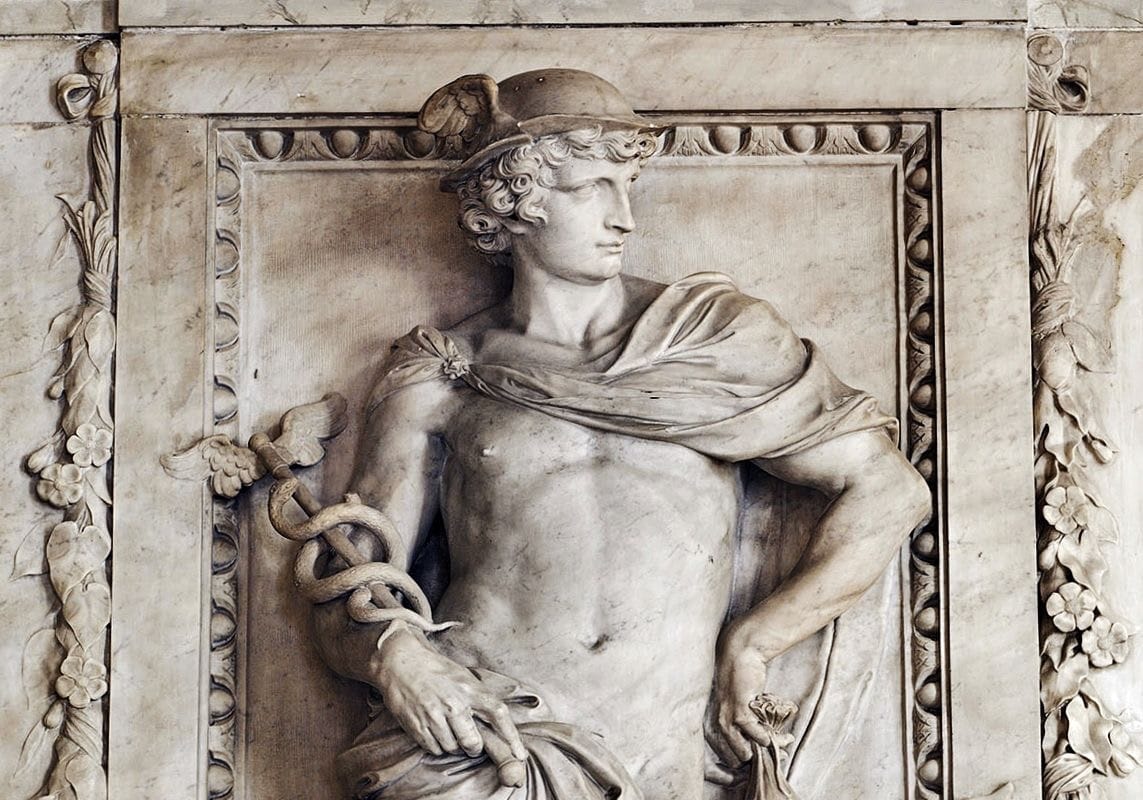
Hermes (the Roman Mercury) was the messenger of the gods, the bringer of dreams and the final journey to death. As the patron saint of art and commerce, he was worshipped by athletes and herdsmen, magicians and mystics, poets, travelers, liars and thieves. And he was associated with sex, as you can see above... This is a 17th century Flemish statue of Mercury holding the caduceus and a drawstring purse and striking a sexy pose. At his feet (not shown) are some of his other symbols, the rooster and the goat.
Below is a "herma" (or "herme"), named after Hermes, a common roadside marker for travelers in Ancient Greece. Over the centuries the frank sexual aspects were transposed into the caduceus and the saucy pose.
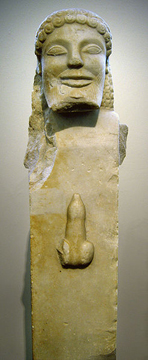
Hermes is sometimes regarded as androgynous. Combined with his female counterpart Aphrodite, we have the legend of Hermaphroditus, their son, who, while bathing, became one with the nymph Salmacis. Below is Sleeping Hermaphroditus, a Roman copy from the 2nd century CE of a Greek original from the 2nd century BC. The mattress was added in the 17th century.
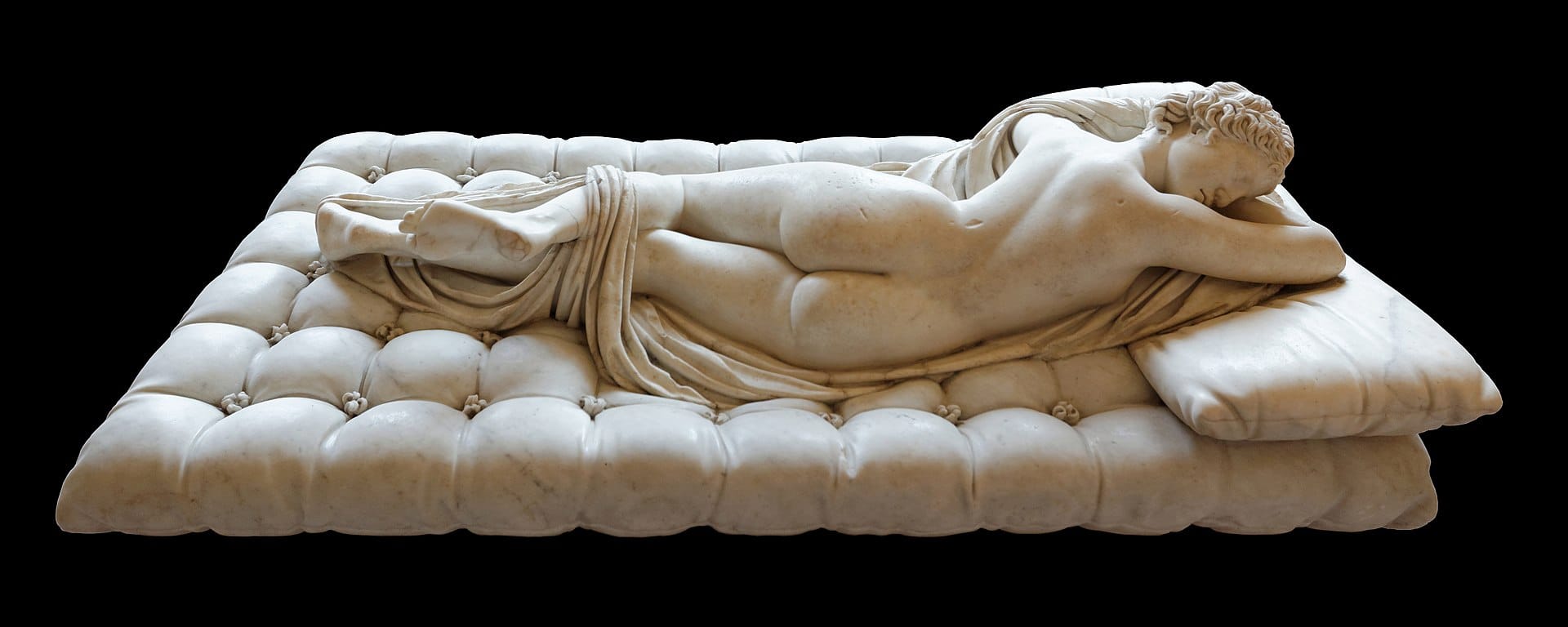
As a phallic god, Hermes also has became a gay icon. Is there a message in the sculptures below? First is the Hermes from the Grand Cascade at the Peterhof in Saint Petersburg. Below that is Michelangelo's David in Florence, which may be David but the pose could be Hermes'.
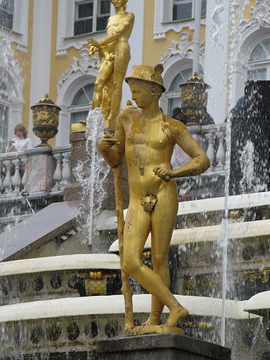
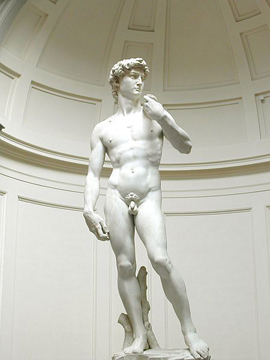
In the Tarot, Mercury is associated with the Magician; in astrology, the planet represents the intellect, curiosity and communication; in alchemy he is associated with Hermes Trismegistus. And he appears in the Odyssey: here.
Next: Ricardo André Frantz. Third: Yair Haklai. Last: David Gaya.
